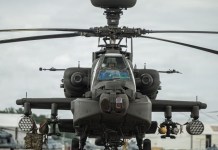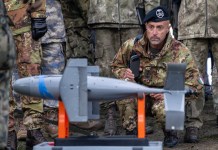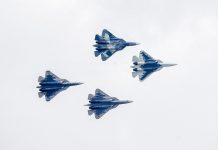Ukraine’s President Volodymyr Zelensky has once again requested the US and its allies to impose a no-fly zone over his country in order to stop Russian airstrikes.
“Russia has turned the Ukrainian sky into a source of death for thousands of people. Russian troops have already fired nearly 1,000 missiles at Ukraine, countless bombs. They use drones to kill us with precision. This is a terror Europe has not seen for 80 years,” Zelensky said in a virtual address to a joint session of the US Congress on March 16.
“Is this a lot to ask, to create a no-fly zone over Ukraine to save people? Is this too much to ask? A humanitarian non-fly zone, so that Russia would not be able to terrorize our free cities,” he added.
During his speech, Zelensky showed a video about the Ukrainian conflict. “Close the skies over Ukraine,” were the last words of the video.
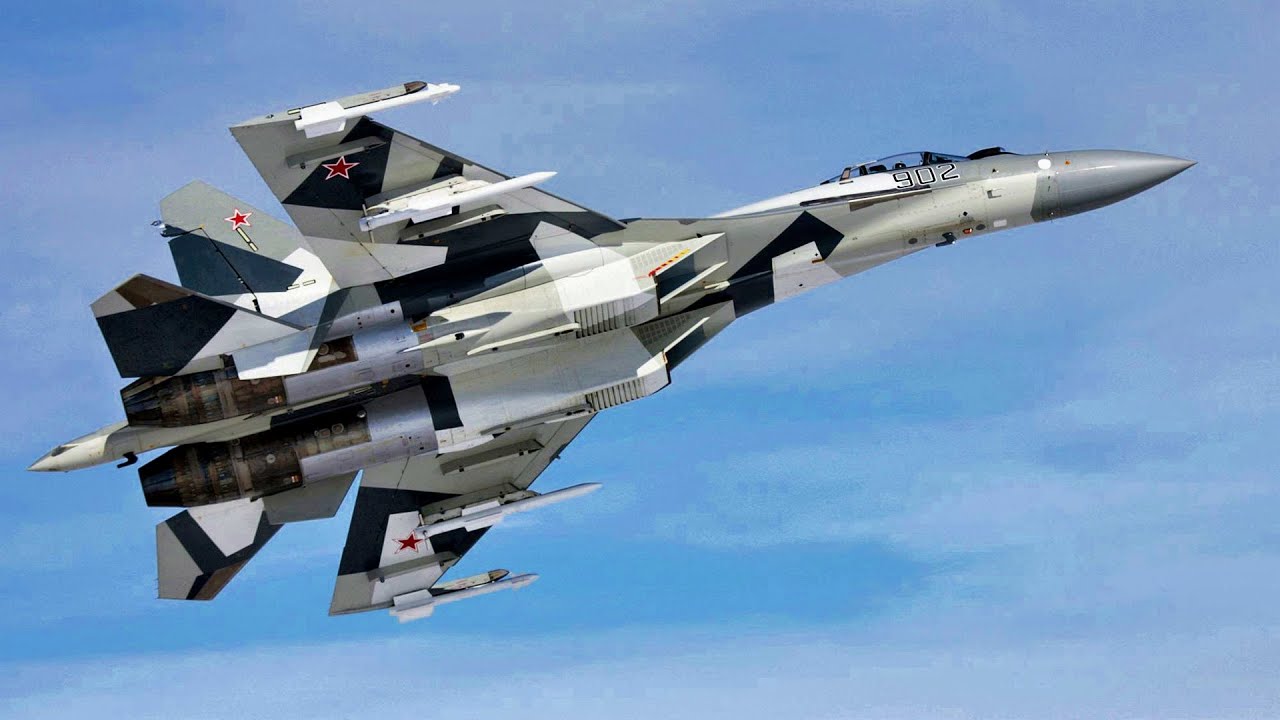
On March 5, 2022, Zelensky had made the same appeal, while addressing a group of almost 300 members of Congress, urging them to “close the skies or give us planes”.
The Biden administration has constantly stated that a no-fly zone is not a realistic choice as it could lead to a needless escalation of the situation.
Zelensky to Congress: "Remember Pearl Harbor…Remember September 11th…Our country experiences this every day, right now, at this moment, every night for three weeks now." pic.twitter.com/KrZOrlqIjB
— Axios (@axios) March 16, 2022
NATO Secretary-General Jens Stoltenberg also ruled out the possibility of establishing and policing a no-fly zone over Ukraine.
An increasing number of US foreign policy professionals have publicly requested that the Biden administration and NATO allies use a restricted no-fly zone to safeguard Kyiv. And, according to a recent poll, a broad bipartisan majority of Americans also support the idea of a no-fly zone over Ukraine.
What Is A No-Fly Zone?
No-fly zones are frequently used to shield civilians from airstrikes and to prevent an adversary from achieving air dominance, or control of the skies above a battlefield. In Ukraine, both of these factors are critical.
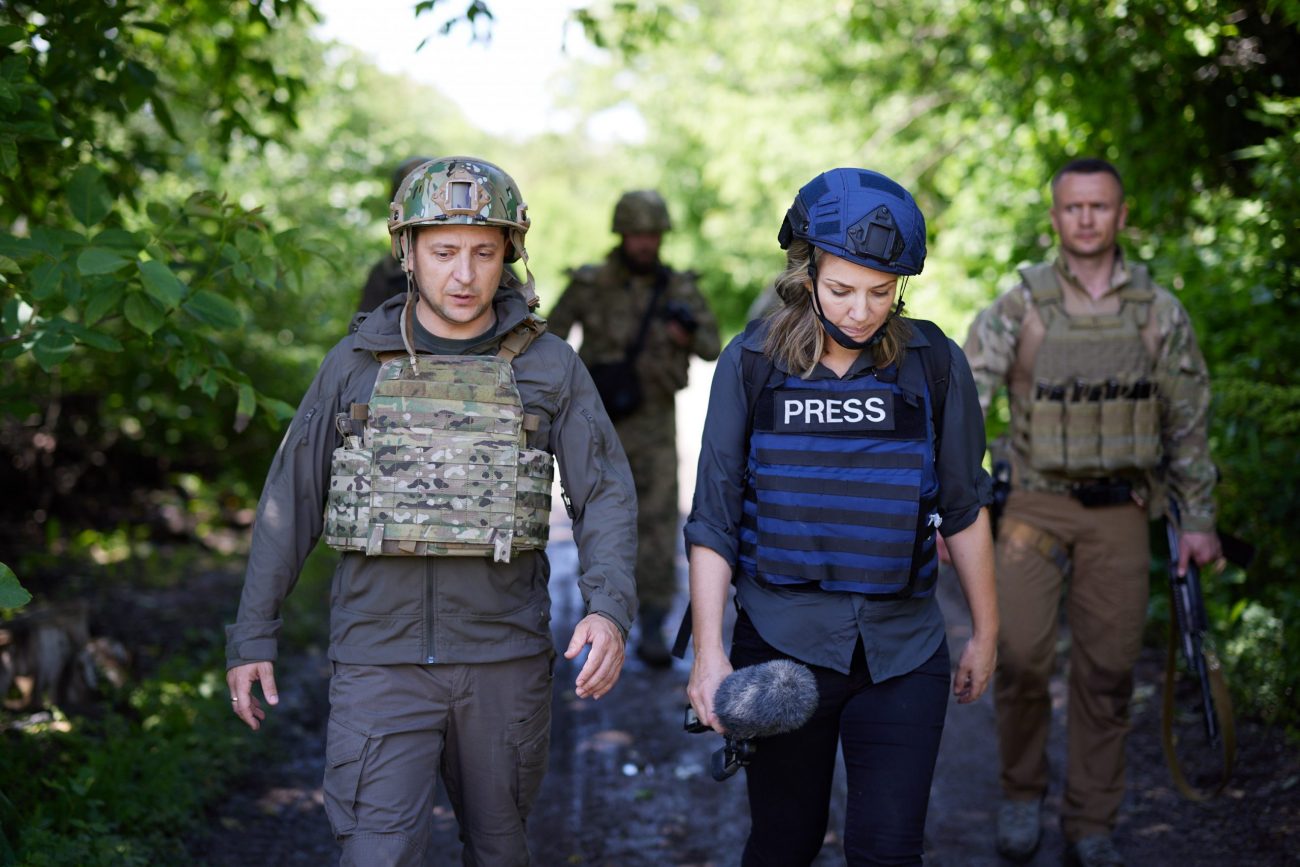
When a no-fly zone is imposed, certain aircraft are prohibited from flying in that zone. To successfully implement it, no-fly zones need a credible threat of military action if a target country violates prohibited airspace and sends aircraft into the zone.
To put it another way, a nation that proclaims a no-fly zone must be prepared to enforce it. Enforcement can take a variety of forms, including shooting down planes that have violated the zone.
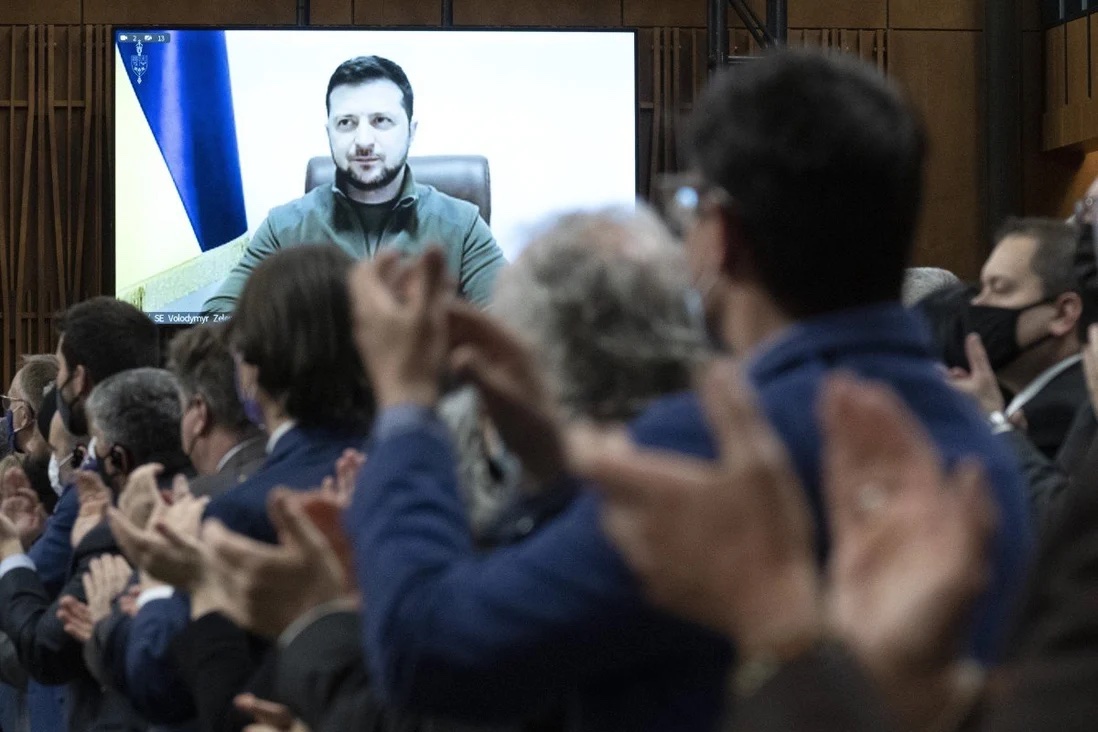
At the same time, putting in place and maintaining a no-fly zone over Ukraine could escalate the conflict. If implemented, it would be the first time the US has imposed a no-fly zone in the midst of an international crisis. It would also be the first time a nuclear-armed country like Russia has been subjected to such a prohibition.
A no-fly zone, according to US Secretary of State Antony Blinken, would include deploying “NATO planes into Ukrainian airspace… to shoot down Russian planes.”
Russian President Vladimir Putin has previously stated that any such US or NATO planes will be viewed as “participants in the military conflict,” implying that Russia will respond militarily.
It’s also unclear how useful it would be to impose air controls over Ukraine. In the present conflict, the Russian air force has been relatively inactive. Instead, Moscow’s ground troops are leading the missile and rocket assaults.
When India Blocked Its Air Space For Pakistan
India gained its largest and most conclusive military victory in 1971. On December 16, 1971, almost 93,000 Pakistani military and government officials, led by East Pakistan commander Lt Gen A.A.K. Niazi surrendered to the Indian Army.
This was the largest military surrender since World War II, and it resulted in Pakistan’s split and the birth of a new country, Bangladesh.
However, air superiority established by India played an important role in this triumph. Under the command of Lt Gen. Tikka Khan, the Pakistan Army formally commenced its genocidal campaign, dubbed ‘Operation Searchlight,’ on March 25, 1971, dispatching death squads that allegedly slaughtered 7,000 unarmed, innocent Bengalis in a single night.
On March 26, 1971, Awami League leader Sheikh Mujibur Rahman proclaimed the independence of Bangladesh.
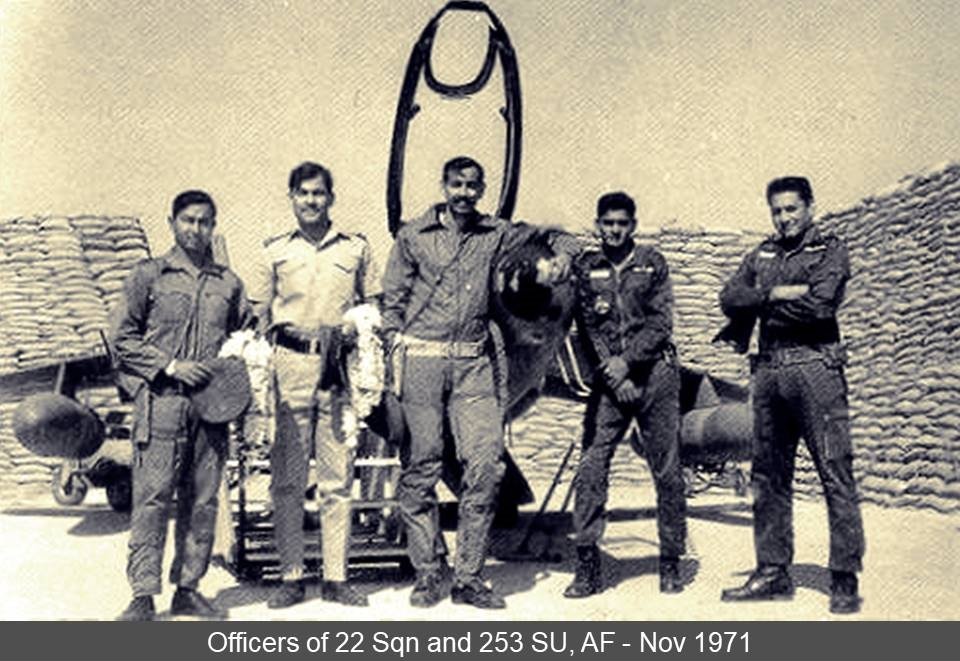
As the days passed, tens of thousands of Bangladeshi immigrants began entering India. This proved to be disastrous for India, which could no longer afford to sit back and watch. India started helping the ‘Mukti Bahini’ (the liberation force), the guerrilla force formed to fight the Pakistani troops.
The Pakistani Air Force was also involved in the operations against civilians, including the liberation force. India had banned overflights of Pakistani aircraft as early as January 20, 1971, through its airspace. This actually made things challenging for West Pakistani reinforcements, which had to take the much longer route via Sri Lanka.
Since most Bengali pilots and technicians had been sidelined during the political instability in East Pakistan from March 1971, the PAF’s operational effectiveness had deteriorated significantly. Between October and December, the PAF flew roughly 100 sorties to assist the ground forces.
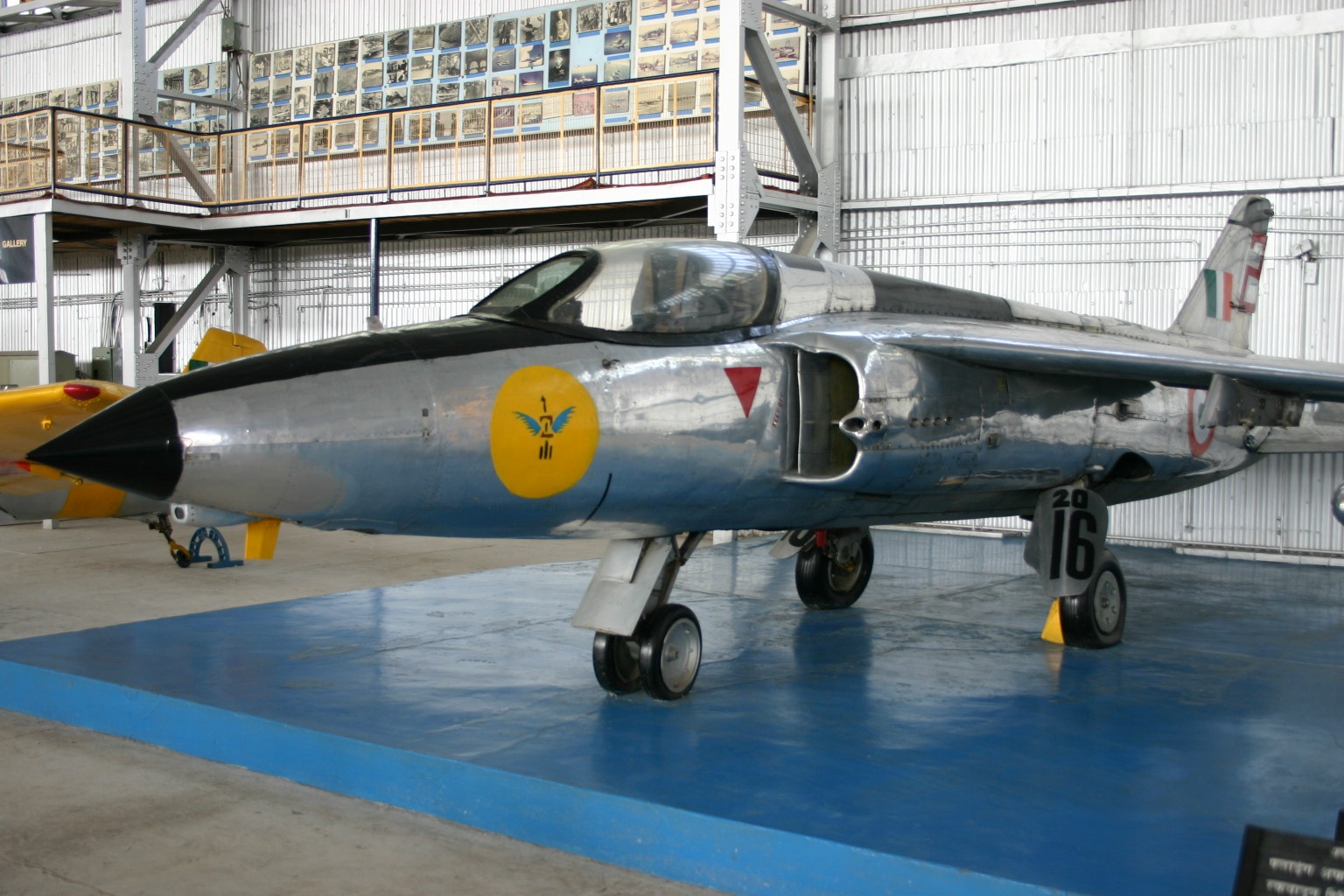
In June 1971, the Indian Air Force began performing surveillance flights over East Pakistan. The Pakistan Air Force began attacking Mukti Bahini, even near the Indian border.
The Battle of Boyra, in which four IAF Gnats (20 Squadron) took off from Calcutta (now Kolkata) and shot down three of the four Pakistani Sabres targeting Mukti Bahini positions, was the first aerial combat between the two air forces on November 22, 1971.
By December 6, 1971, the IAF had achieved air superiority in the Eastern Sector and was able to completely satisfy and even surpass the army’s ground operations needs whenever the situation required it.
- Contact the author at ashishmichel@gmail.com
- Follow EurAsian Times on Google News

